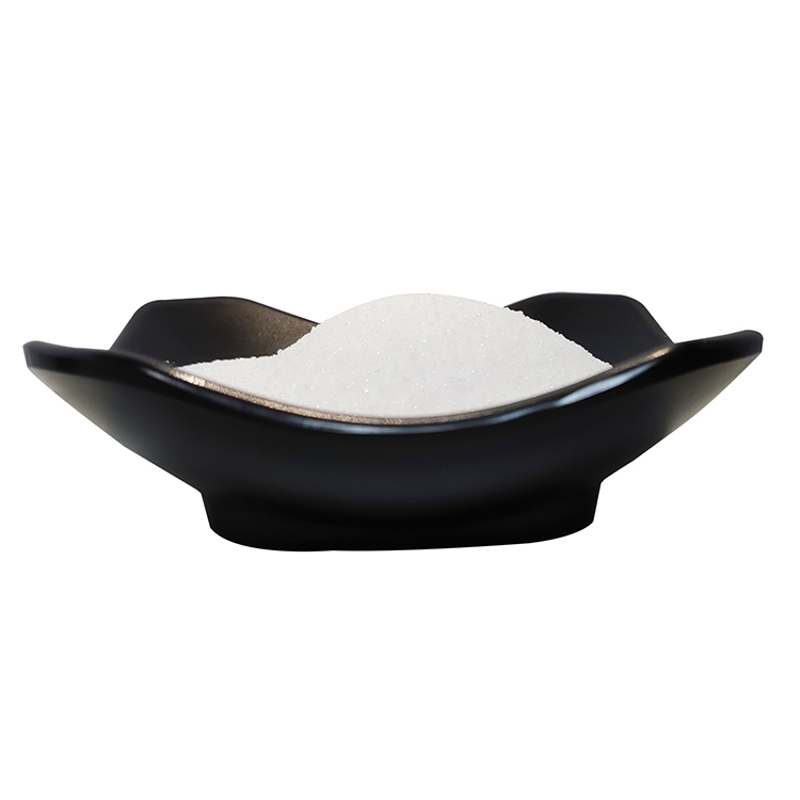-
Categories
-
Pharmaceutical Intermediates
-
Active Pharmaceutical Ingredients
-
Food Additives
- Industrial Coatings
- Agrochemicals
- Dyes and Pigments
- Surfactant
- Flavors and Fragrances
- Chemical Reagents
- Catalyst and Auxiliary
- Natural Products
- Inorganic Chemistry
-
Organic Chemistry
-
Biochemical Engineering
- Analytical Chemistry
-
Cosmetic Ingredient
- Water Treatment Chemical
-
Pharmaceutical Intermediates
Promotion
ECHEMI Mall
Wholesale
Weekly Price
Exhibition
News
-
Trade Service
Image: Our approach
to embedding edible data inside food using a food 3D printer.
Through this embedding process, we create a new eating experience
.
There is currently a race to develop edible labels for food, for example, you can see the source or ingredients of the food, and once you eat it, that information disappears
.
Now, researchers from Japan have developed a way to embed an unobtrusive edible label into food — their initial experiment was a cookie — to read the label
without destroying the food.
Another major advantage of this method, known as "interiqr," is that labeling doesn't change the appearance or taste
of food at all.
Labels containing data are often used in the food industry
.
They range from the most basic, such as stickers on fruit, to more technical, such as radio-frequency identification tags
that use electromagnetic fields to automatically identify and track products.
However, as countries around the world try to reduce the use of additional packaging, the race is underway
to develop edible food labels that are non-toxic, do not alter the taste or appearance of food, and can be read without destroying the food itself.
The Osaka University research team hopes to solve all these problems
.
Yamato Miyataki, first author of the study, explains: "Many foods can now be produced
with 3D printers.
" "We realized that the inside of edible objects such as biscuits can be printed with a blank pattern, so that when you shine light from behind the biscuit, the QR code will be visible and can be read
with a mobile phone.
"
In this way, a QR code made of the biscuit itself is used as a label, thus solving any problem of
taste and taste.
Even better, because all the information is contained inside the food, the appearance of the cookies does not change
at all.
Because a simple backlight can make the QR code visible, the information
is easily available to producers, retailers, and consumers at any stage where the cookie moves from the factory to the stomach.
"Our 3D printing approach is a great example of the digital transformation of food, which we hope will improve food traceability and safety," said
Kosuke Sato, senior author of the study.
"This technology can also provide novel food experiences through augmented reality, which is an exciting new area for
the food industry.
"
Given that food labeling and packaging are a major source of waste worldwide, this new approach to embedding edible information into food is also important
to reduce waste.
The widespread adoption of such technologies promises to pave the way
for a cleaner, more cookie-free future.
For more information, visit the project page (https://punpongsanon.
info/foodcode/index.
html).







